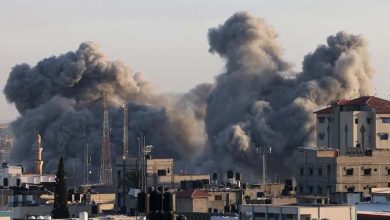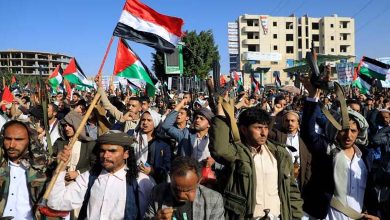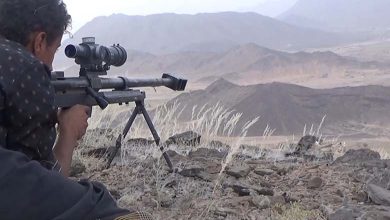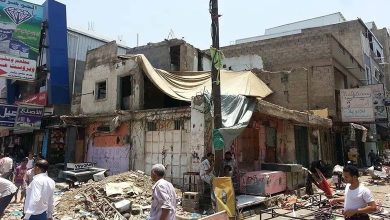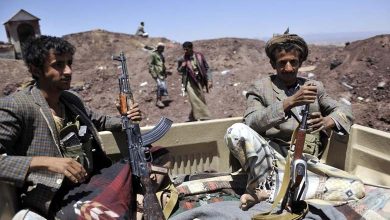How did Hezbollah betray Hamas after its involvement in the October 7th attack?
Hamas and Hezbollah fighters were preparing for a comprehensive invasion of Israel, aiming to disable the Israeli army and institutions throughout the Hebrew state
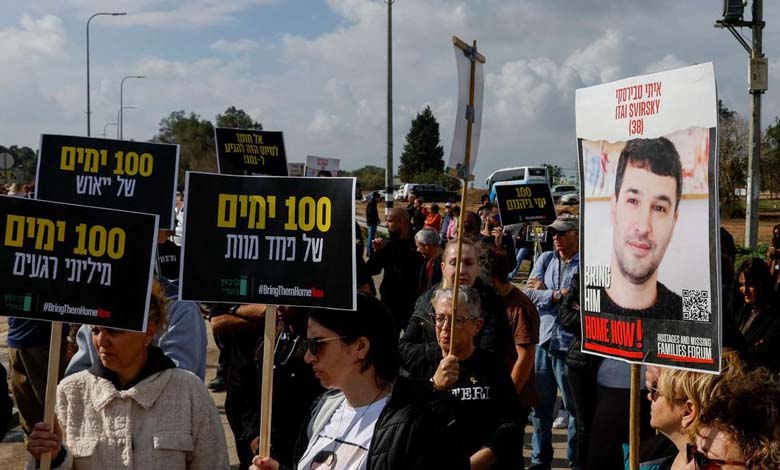
The surprise attack by Hamas on Israeli cities and towns near the Gaza Strip on the seventh of October last year puzzled many Israelis and even the Arab neighbors who expected a significant operation but lacked details.
About 100 days after Israel’s bloody war on Gaza in response to Hamas’ attack, some details began to emerge. An Arab media report cited sources within Hamas, stating that the movement had planned with the Lebanese Hezbollah for a comprehensive war from the south and north. However, the Shiite Lebanese group, supported by Iran, later backed off due to fears of destructive Israeli and American attacks.
The United States had deployed naval assets to the Middle East and the eastern Mediterranean in response to the Hamas operation, including warships. Several leaders of Hamas spoke to the Saudi newspaper ‘Al-Sharq’ about the main objectives of the October 7th attack, including responding to Israeli attacks on Al-Aqsa Mosque, preventing Israel from annexing the West Bank, and rekindling international interest in the Palestinian cause while liberating prisoners from Israeli jails.
According to the same sources, Hamas and Hezbollah agreed to conduct a comprehensive invasion of Israel, aiming to disable the Israeli army and institutions, forcing it to withdraw from the West Bank up to the 1967 borders, including East Jerusalem. The plan involved Hamas fighters entering from the south, Hezbollah elements from the north, and additional forces from Syria. The Lebanese group, armed with a large arsenal of weapons and missiles, would target sensitive locations in Israel, such as power stations, water facilities, and airports.
The sources revealed that Hamas and Hezbollah fighters began preparing for this plan after the 2021 war between the Palestinian Islamic Resistance Movement and Israel, exploiting vulnerabilities in Israeli security that allowed the two groups to conduct a comprehensive ground invasion.
These data indicate that Hezbollah betrayed Hamas, while leaders in the Lebanese group confirmed that they were surprised by Operation Storm Al-Aqsa. The same sources indicated that the Iranian-backed party chose to withdraw from participating in the attack after the United States moved its warships to the region. Instead, Hezbollah engaged in limited clashes on the Lebanese front, which were described as symbolic, and its Secretary-General Hassan Nasrallah claimed in several speeches that they helped alleviate pressure on Gaza.
Saleh al-Arouri, the second-in-command of Hamas, who was assassinated by Israel in the first week of January in the southern suburbs of Beirut, stated in August of the previous year, ‘We are preparing for a comprehensive war, and we are discussing it behind closed doors with all components related to this war.’ The statement was considered a hint towards the execution of Operation Storm Al-Aqsa.
Al-Arouri, one of the founders of the Izz ad-Din al-Qassam Brigades, played a prominent role in establishing the first nucleus of the military apparatus of the movement in the West Bank. He formed a crucial link between al-Qassam and the Lebanese Hezbollah, and Iran, which supports and funds both groups.
The ‘Al-Sharq’ website quoted Hamas political bureau member Hussam Badran as saying, ‘The goal of the Qassam Brigade in Operation Storm Al-Aqsa is to paralyze the Israeli army, stop desecration of Al-Aqsa Mosque, cease targeting civilians, and end the continuous blockade on Gaza for about 17 years.’
According to the same source, officials in Hamas confirmed that ‘the movement presented a package of offers to end the ongoing war through mediators from Egypt, Turkey, and Qatar. The package included an immediate ceasefire extending over 10 years in Gaza and the start of a prisoner exchange process between the two sides. The movement also offered to step aside from governing the Gaza Strip in favor of a technocratic government or a Palestinian national unity government responsible for reconstruction and providing services to the population.’
Ghazi Hamad, a member of Hamas‘ political bureau, stated, ‘The movement offered a complete ceasefire and presented a comprehensive political solution, but Israel is the one refusing the solution and insists on continuing the war.’ He emphasized ‘the movement’s readiness to fight until the last moment.’
Observers believe that Hamas managed to withstand the strongest Israeli invasions but will face many challenges after the war, particularly in rebuilding the Palestinian territory, which suffered immense destruction. There are expectations that several countries will distance themselves from contributing to its financing.


